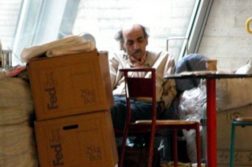An uprising on Christmas Island overnight has followed the death of yet another asylum seeker, writes Max Chalmers.
The question you have to ask on mornings like this is ‘how many more’.
Over the weekend Australia added another name – or, in the language of the Department of Immigration, another “illegal maritime arrival” – to the list of deaths that have occurred as a result of the nation’s punitive refugee and immigration policy settings.
According to refugee advocates the man was a 30-year-old Kurd named Fazel Chegeni who first arrived in Australia in 2010. He died after escaping the compound, although the exact circumstances of his death remain unclear.
Chegeni’s name will now be remembered among those who could not outlive the slow, cruel process of applying for asylum in Australia. Of late, their number has been growing.
30-year-old Hazara man Khodayar Amini doused himself in petrol and self-immolated while on a video call with two refugee advocates in October. In June last year 29-year-old Leo Seemanpillai did similar.
In the same month as Amini’s suicide, 26-year-old ‘Reza’ was found dead at Brisbane airport. Before that it was 27-year-old Nasim Najafi, who killed himself at the Yongah Hill centre after being taken into solitary confinement, apparently after being attacked.
What these deaths had in common was the trauma of indefinite detention, and the fear of a return to it, or of deportation.
Then there are those who died offshore, Reza Barati and Hamid Kehazaei, one murdered, the other left brain dead after a delayed medical evacuation from Manus. It’s been over a year since Kehazaei’s death and still no official explanation has been provided as to how a cut to his foot was able to fell an otherwise healthy 24-year-old.
How Fazel Chegeni came to have his name added to this list – which is far from exhaustive – is also unlikely to be known for some time.
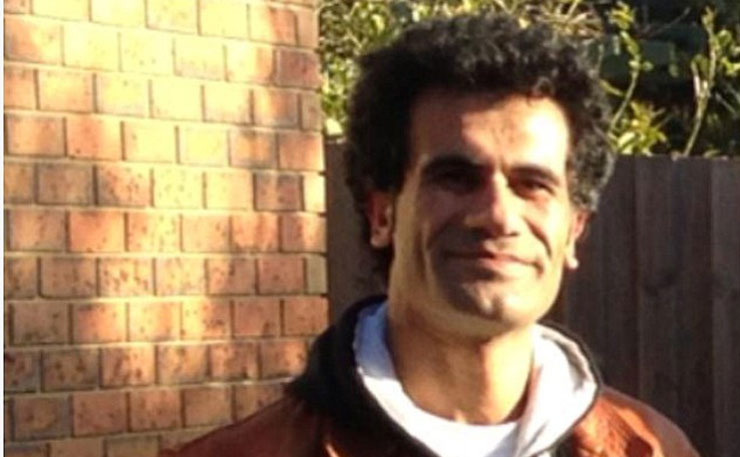
But the news has triggered a response from the over 200 people still incarcerated on Christmas Island, a place the Coalition government announced would be closed by 2016, but where an increasing number of people have been detained in recent months.
Media reports have referred to the incident as a ‘riot’. In an interview with Radio New Zealand, one man inside the centre described detainees confronting guards and effectively taking control of the North West Point immigration detention centre, and destroying fences.
Their actions were a direct response to Chegeni’s death, he said.
“The detainees have taken control of the detention centre and we’re sort of just waiting for a response,” the man, who spoke with a New Zealand accent, told the station. “We don’t know what’s going to happen next.”
He was asked why such actions had been taken.
“Well mainly it was the death of the detainee… And basically we’re just sick of having people, we see it all the time, people are trying to hurt themselves, trying to kill themselves. We’ve watched a lot of blokes self-harm and it’s not nice to watch, and you really feel for these people.”
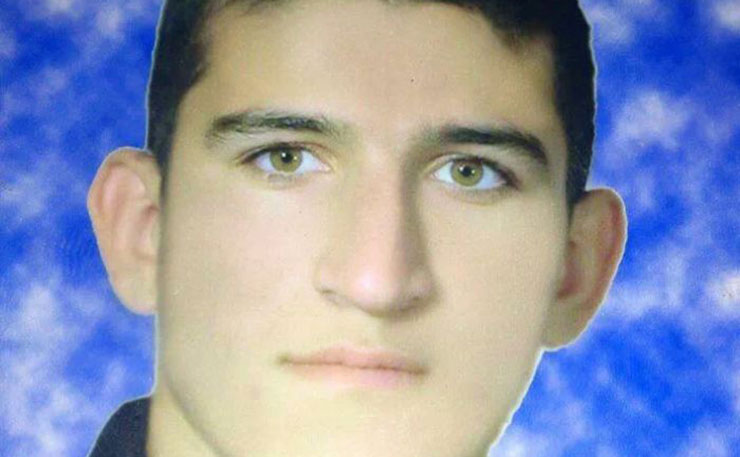
He said others had considered doing the same, and indicated those involved in the disturbance wanted to negotiate with Australian Border Force officials.
“This recent death has just pushed everybody too far,” he said.
What is happening today on Christmas Island might sound incredible, but it’s not. ‘Riots’ – which in many cases should more accurately be called uprisings – are just as fundamentally a part of Australia’s immigration policies and militarised borders as the deaths that coincide with them.
The people locked up indefinitely by Australia have turned to many forms of protest in order to draw attention to their struggles or try to salvage their freedom. Some have written poems and painted, some have emailed MPs, others have made links with the outside community to tell their stories. Sadly, many more have harmed themselves.
But none of these actions have made much difference.
While the number of people in detention is declining, the length of incarceration is soaring.
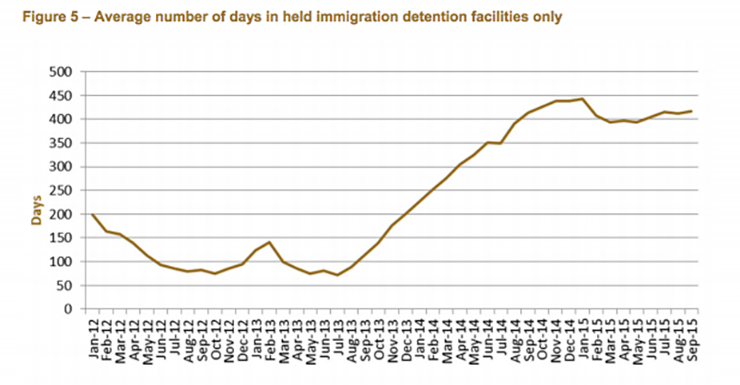
According to the Department’s latest figures, the average time those currently in detention are held is now 417 days. Almost 25 per cent of those people have been in for over 730 days.
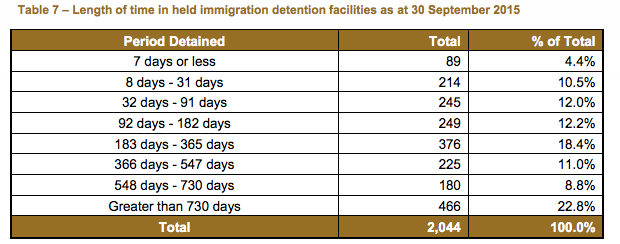
The Coalition’s militarily enforced closure of the border has stopped more people coming by boat, but it hasn’t done much to help get those already there get out any quicker. The link between indefinite detention and psychological degradation is well known, and was acknowledged by the Department during the Human Rights Commission’s inquiry into children in detention.
On top of this the government has moved to quash avenues for legal appeal. The Coalition also cut funding to the refugee lawyers who previously assisted people with the many ins and outs of lodging a claim. They have legislated to change the rules, making it tougher to be granted asylum.
So torturous has it become, even some Syrians have returned to their country of origin.
After 730 days, and facing more of the same, what lengths would you go to?
Without other forms of resistance available, ‘riots’ have been a regular part of the immigration detention experiment.
During the Howard years the most infamous was Woomera, though there were many more incidents now long forgotten.
In its first report into children in detention in 2004, the Australian Human Rights Commission noted that, “Between 1999 and 2002, Woomera, Port Hedland and Curtin detention centres were the site of multiple demonstrations, riots, hunger strikes and violent acts of self-harm.”
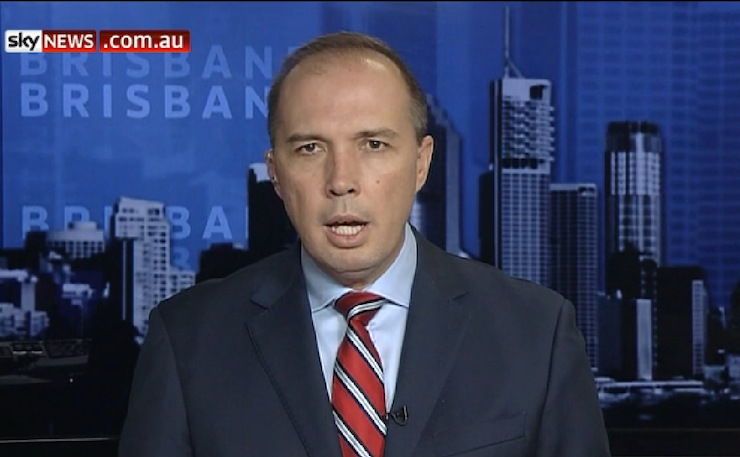
During that time, the Commission recorded 20 separate incidents of major protest or ‘riot’. One incident in June 2000, saw 480 detainees “walk into town.”
Two months later riots and fires led to tear gas and water cannons being deployed in one centre. The next month, a hunger strike by over 30 detainees resulted in some being “forcibly fed in hospital”.
Under Labor’s reintroduction of the ‘Pacific solution’, continued by the Coalition, it’s been more of the same.
Onshore, yet another ‘riot’ in Villawood in 2011 led to the jailing of five men.
In 2013, 80 per cent of the Nauruan detention centre was destroyed, leading to an absurd situation in which 125 asylum seekers were charged. February 2014 saw protests and resistance on Manus result in the storming of the compound by staff and PNG police, and the bashing to death of Barati.
And these are just the major ones, in which enough damage to property occurred to draw outside attention. Between them the damage to lives has continued, as have other more positive or creative forms of protest.
Australian political leaders are well aware of this trend. Leaked transcripts from the Moss Review revealed that, during his time as Minister for Immigration, Scott Morrison was “shit worried” that the chaos on Manus would be repeated on Nauru, according to a senior Department official.
Not everyone on Christmas Island today fits the profile of the most vulnerable subjects of Australia’s refugee and immigration policies, namely children and refugees. New Zealanders awaiting deportation are now the second highest cohort in Australia’s onshore detention network, most of whom are facing return as the result of a criminal conviction.
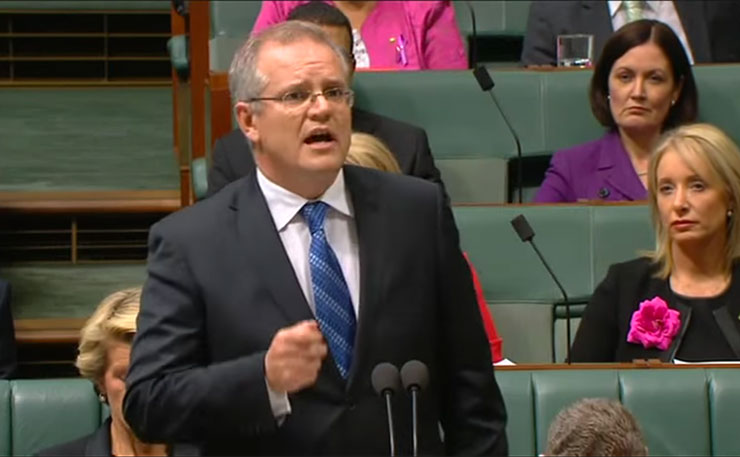
In some cases, such as the quadriplegic man sent back after 36 years in Australia who had committed only a minor crime, the deportation is unjust and ethically repugnant. In other cases involving more serious offences, the moral case is muddier, still raising troubling questions about the rule of law and proportionate punishment.
But the background of those in the centre is in some ways irrelevant. Indefinite detention has and always will engender responses such as this. It is a coercive system for which violence, potential or realised, is integral to its operation.
It has always led to self-harm, it has always caused deaths, and it has, and always will, provoke protest and physical resistance.
With the ‘deaths at sea’ argument used to delegitimise any debate about Australia’s border militarisation and punitive onshore policies, the question now has to be asked: how many more ‘disturbances’ in centres until we can talk about ending mandatory detention? How many deaths in the community and in detention until we say something has to change?
Indefinite detention and deportation remain central to several policies being pursued by the government, not least of which is the citizenship-stripping legislation that looks set to pass Parliament with bipartisan support this week.
It is extending out beyond refugees now, being used as a response to a growing number of domestic issues. The original draft of the citizenship legislation would have seen dual citizens who damage Commonwealth property subject to such treatment.
Regardless of how many boats reach Australia in the coming years the above will eventually demand a serious answer. The policies tested on refugees are starting to turn in new directions.
Donate To New Matilda
New Matilda is a small, independent media outlet. We survive through reader contributions, and never losing a lawsuit. If you got something from this article, giving something back helps us to continue speaking truth to power. Every little bit counts.




